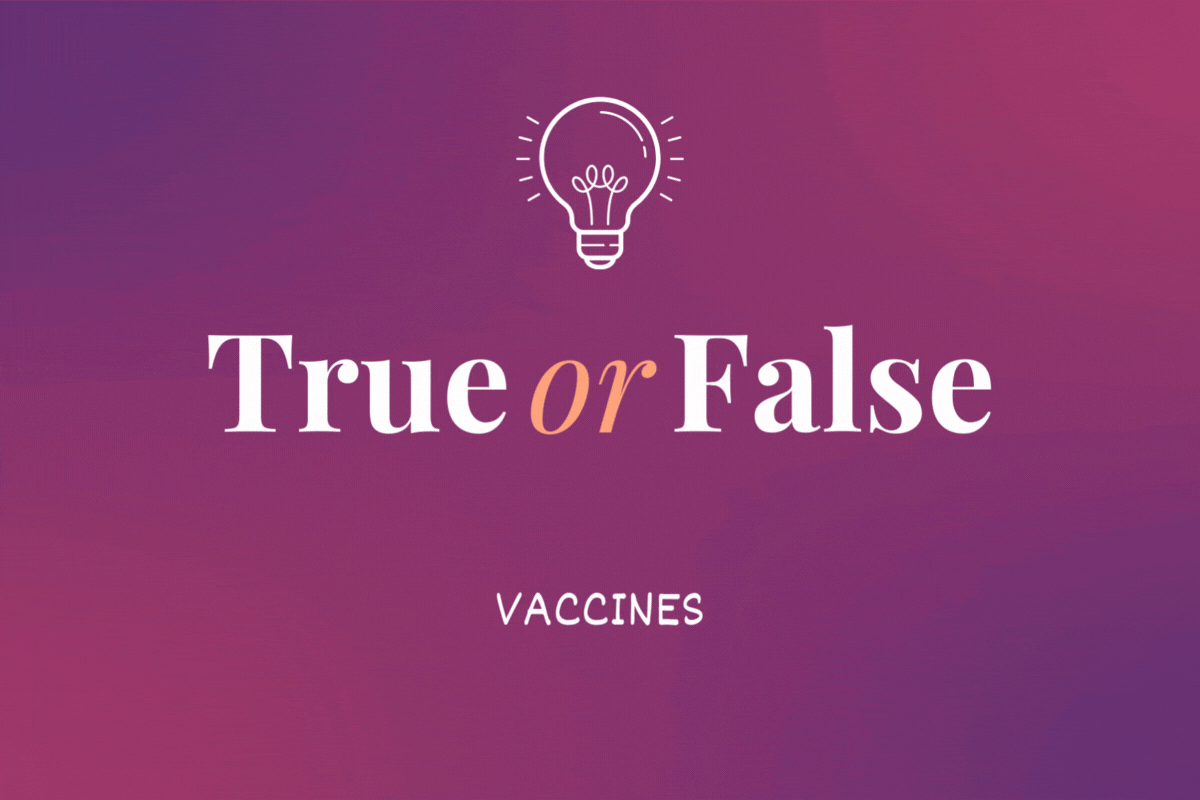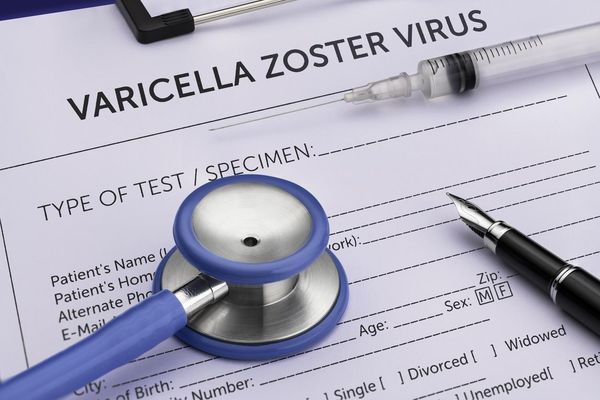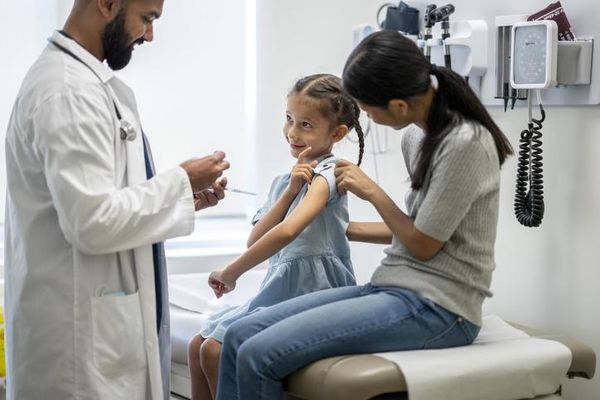- Meningitis B is an uncommon but serious disease caused by the bacteria Neisseria meningitidis. Five groups of Neisseria meningitidis cause bacterial meningitis: A, B, C, W and Y.
- Meningitis can lead to an infection of the protective lining of the brain and the spinal cord or an infection of the blood, known as septicemia.
- The bacteria that cause meningitis B spread when a carrier or infected person comes in close contact with another person. Everyday activities such as coughing, sneezing, kissing, living in close quarters, and sharing drinks and utensils can spread the bacteria.
- Between 2015 to 2018, more than 60% of meningitis cases that occurred in 16- to 23-year-olds were caused by meningitis B.
- Symptoms of meningitis B can start out as a severe headache, high fever and stiff neck. These symptoms can often be confused with the flu. Some people have additional symptoms such as nausea or vomiting, cold hands and feet, rapid breathing, a dark-purple rash, and exhaustion.
- Symptoms can progress very quickly and may become fatal. Even though most people recover from meningitis B, some cases may lead to other conditions, including permanent disabilities, brain damage, loss of limbs and possibly death.
- Anyone can get meningitis, but rates of the disease peak in adolescence, with the highest rates among teens and young adults 16-23 years old. Those who live in close quarters, such as college dorms or military barracks, are especially at risk since they share drinks, utensils, bathrooms and other spaces.
- The most effective way to protect yourself is vaccination. There are two types of vaccines: one for groups A, C, W and Y, and another for group B. While most teenagers have been vaccinated against meningitis A, C, W and Y (recommended for 11- to 12-year-olds with a booster at age 16), most teenagers and young adults have not received a vaccination against meningitis B (recommended for 16- to 23-year-olds). In 2020, seven out of 10 17-year-olds in the U.S. had not received one dose of meningitis B vaccination. Meningitis B vaccination wasn’t available until late 2014.
- Be sure to ask your healthcare provider about meningitis B vaccination. Although vaccination may not protect everyone, it is the best defense against the disease.
This resource was created with support from GSK.
From Your Site Articles
- Questions to Ask Your Child’s Healthcare Provider About Meningitis B ›
- A Parent’s Guide to Meningitis B ›
- My Daughter Jamie Lost Her Legs and Fingers in a Ferocious Battle Against Meningitis ›
- Why Parents Need to Ask About the Meningitis B Vaccination - HealthyWomen ›
- With Vaccinations, Your Voice Matters - HealthyWomen ›
- Preventive Health Screenings for Women - HealthyWomen ›
Related Articles Around the Web







